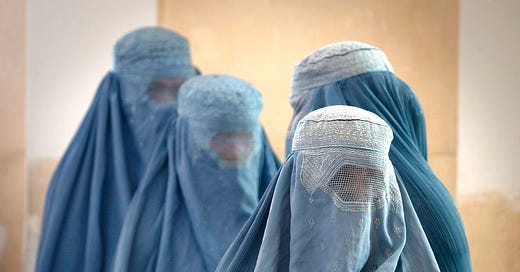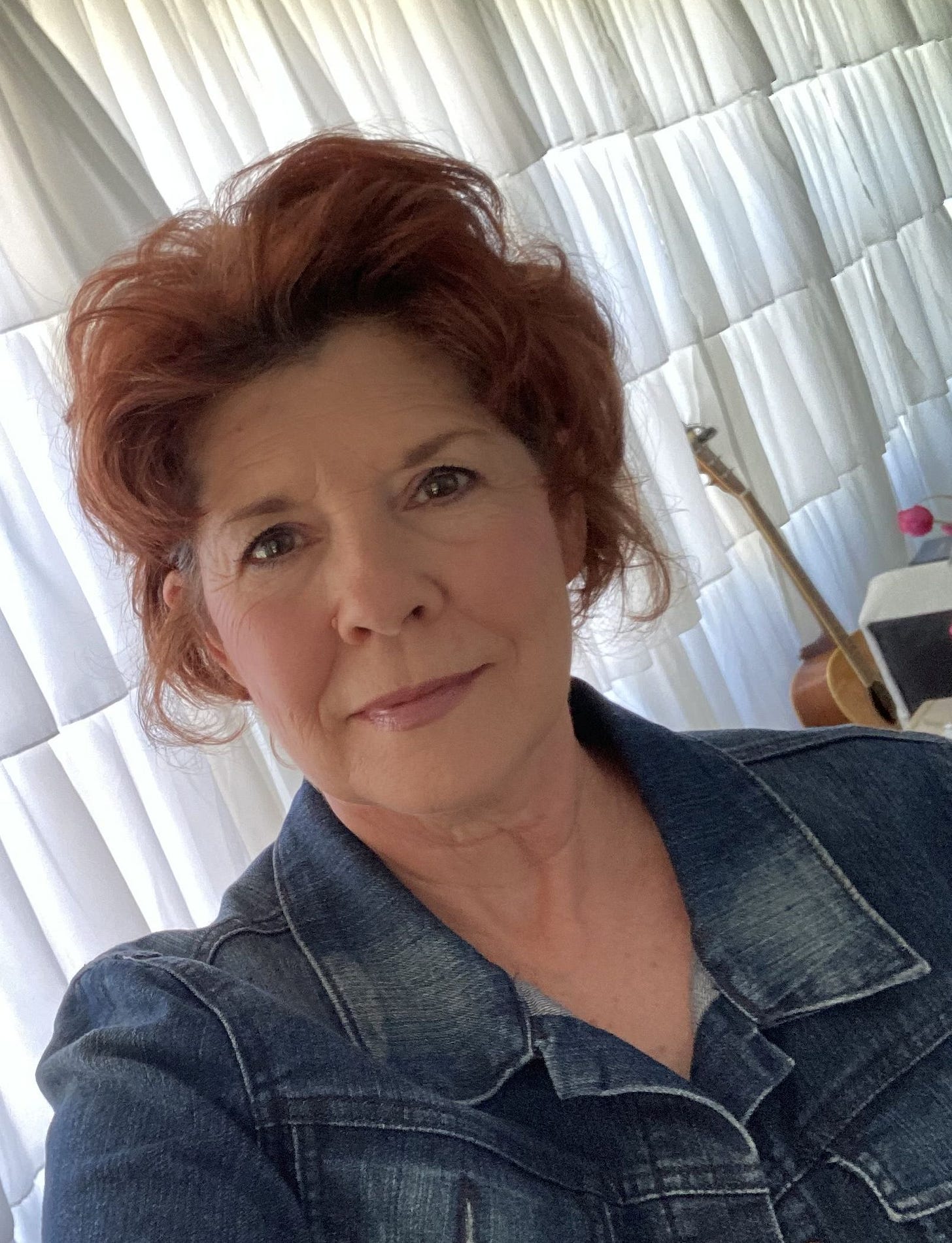And it shall come to pass if there remain ten men [invisible women] mortals in one house that they shall die And [if] a man's their friend [or relative] shall take him them up and he one that burned him them to bring out the bones out of the house and shall say unto him one that is by the sides of the house [Is there yet any] with thee? [and he that one shall say] No [Then shall he one] say Hold thy tongue …. —Amos 6:9-10
Comments: Amos 6:9-10 Women are not men. Women are not he, him, or his. Yet, in just two verses, women were rendered invisible via semantic burkas eight times. Extrapolate this ratio across the entire Bible, and the number of times women are erased is astronomical.
When we read that ten men were in one house, what do we picture in our mind’s eye? We picture adult men.
The word “man” does not generate an image of women—ever. Amos 6:10 does not say that all ten of the people who were in that house were males. When ten people are in one house, there is usually a mixed company of people that includes women, men, and even children. The eight references, in Amos 6:10-11, is to humans, and not only to male humans.
This is a big deal.
Androcentric (male-centered) language and misogynistic semantics have been used to minimized and erase women from historical records since time immemorial. Considering ancient cultures, it is not surprising that misogyny is present in all ancient Bible translations (though not necessarily in all the Hebrew and Greek texts that underlie these translations). Today, complementarian Christian teaching, including deliberately misogynistic Bible translations, such as the ESV, perpetuate this.
It is time for Christians to stop using the male gender to reference all humanity. All humans are not male. Males only represent less than half of the human race. It is time to stop writing women out of the picture by referring to them as “men.”
Jocelyn Andersen is the author of several non-fiction books and is currently working on her first novel. She writes and speaks about a variety of topics with an emphasis on the subject of God and Women. Her work in that respect has been featured in magazines, newspapers, radio, and television.





